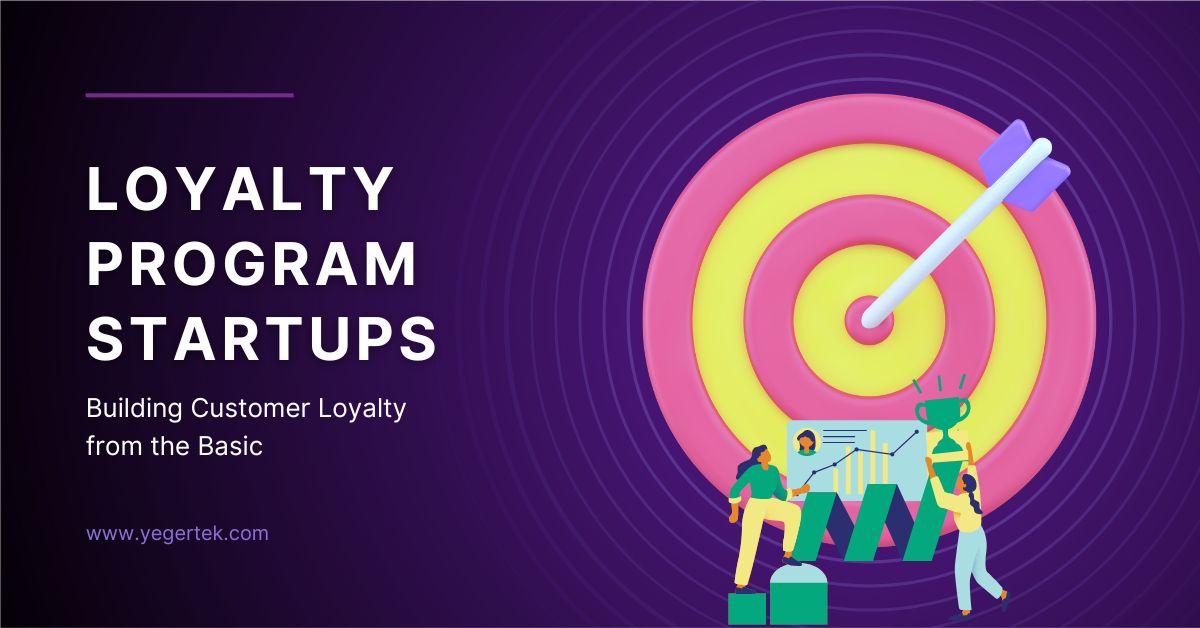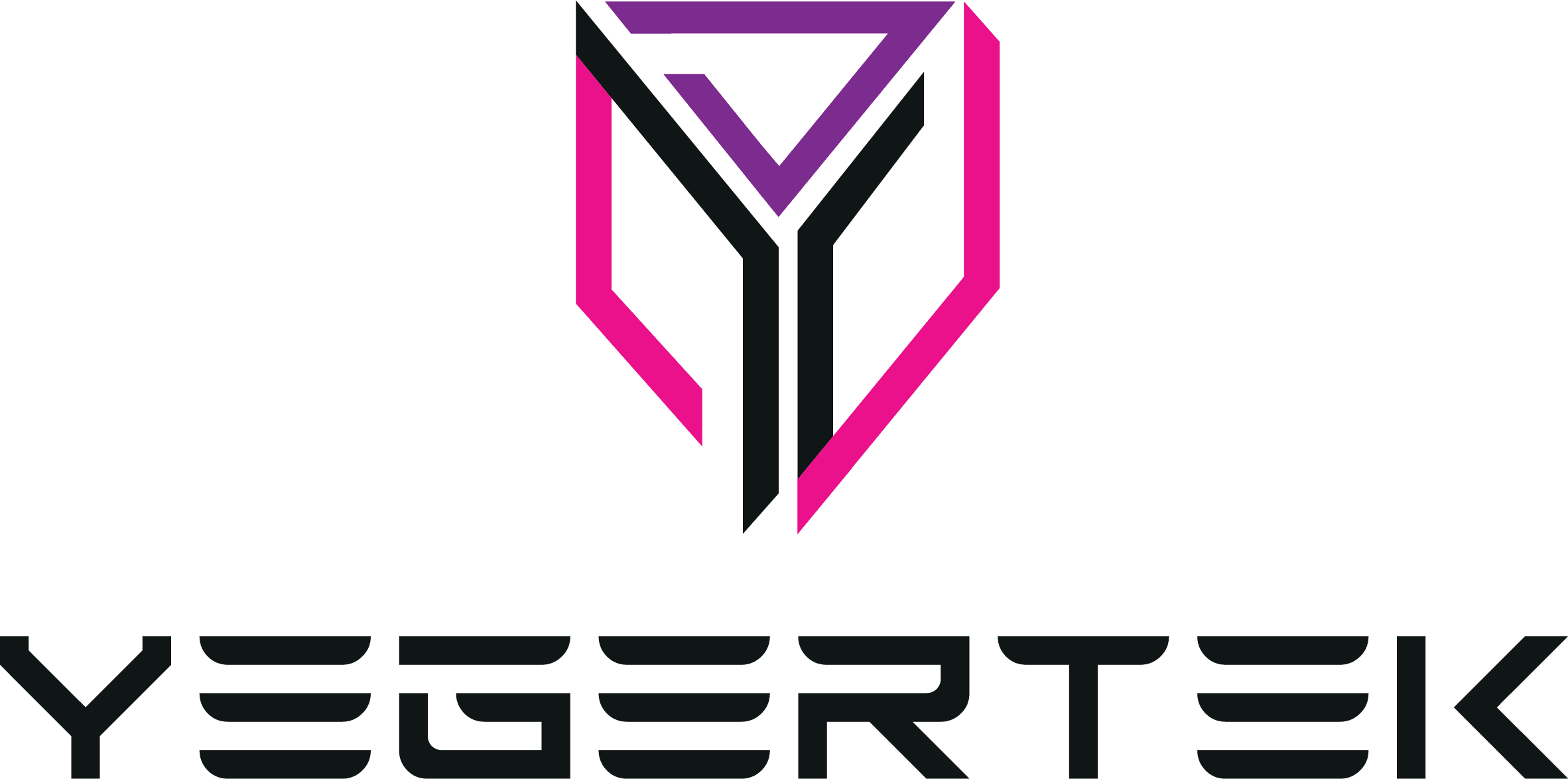
Loyalty program startups prioritize customer loyalty through rewards programs, gaining a competitive edge via crucial success factors like effective planning, promotion, and overcoming common obstacles.
Their focus lies in delivering engaging and tailored experiences through clear benefits and simple redemption methods. Let’s study their techniques to enhance our own loyalty initiatives. Short but impactful!
According to a 2016 analysis conducted by the Organization for Economic Co-operation and Development (OECD), the survival rate among UAE-based manufacturers stood at 83% during the initial year of operation, dropping down to 69% by the second year and further decreasing to 55% by the third year.
The corresponding numbers for service-sector companies were slightly lower – approximately 80%, 70%, and 50% respectively, over the same time period.
These statistics highlight the difficult path ahead for newly established firms across both industries operating within the United Arab Emirates. source: Battling The Odds.
Punch startups operating in the competitive business landscape are continuously exploring innovative strategies to establish themselves and cultivate a devoted customer base. One impactful weapon at their disposal is a meticulously crafted loyalty program uae.
This all-inclusive guide empowers startups with invaluable insights and actionable advice on crafting and executing an efficient loyalty program startups.
Startups who fully appreciate the merits of loyalty programs and craft alluring rewards stand a high chance of establishing a prosperous loyalty program that spurs customer fidelity, catalyzes frequent transactions, and galvanizes development.
A people-oriented strategy concentrates on satisfying patrons, instilling favorable connotations about the enterprise, and sustaining enduring connections. At its core, this philosophy revolves around serving the user base and meeting their requirements throughout every interaction. Consequently, it is critical to stay focused on the human element amidst all technological advancements.
Gain the knowledge and tools needed to differentiate your startup business in the market with an impactful loyalty program.
1. The Importance of Loyalty Program Startups

In the fiercely competitive business landscape startups are constantly striving to gain an edge over their competitors and establish a strong foothold in the market. One of the most powerful tools at their disposal is the implementation of a well-designed startups loyalty program. This section delves into the significance of loyalty programs for startups and explores how they can contribute to their long-term success.
1.1 Understanding the Value of Customer Loyalty
Customer loyalty goes beyond repeat purchases, it encompasses a deep emotional connection between customers and brands. For startups, understanding the value of customer loyalty is essential. Loyal customers not only generate a significant portion of revenue, but also act as brand advocates, referring new customers and enhancing brand reputation. By fostering a loyal customer base, startups can create a sustainable revenue stream, reduce customer acquisition costs, and improve overall profitability.
1.2 Gaining a Competitive Edge with Loyalty Programs
In a crowded marketplace, startups must differentiate themselves from their competitors. Loyalty program startups provide a unique opportunity to gain a competitive edge. By offering exclusive rewards, personalized experiences, and incentives tailored to their target audience, startups can attract and retain customers in a highly competitive environment.
A well-executed points rewards program can position business startups as customer-centric and foster a sense of trust and loyalty among customers, setting them apart from their rivals.
1.3 Building Long-Term Relationships with Customers
Business that prioritize long-term customer relationships are more likely to thrive. Loyalty programs serve as a catalyst for building and nurturing these relationships. By understanding customer preferences, behavior, and needs, startups can design loyalty programs that cater to their customer’s unique desires.
This enables startups to forge lasting connections, enhance customer satisfaction, and create a sense of loyalty and emotional attachment. By cultivating a loyal customer base, startups can secure repeat business, drive customer advocacy, and establish a foundation for sustainable growth.
2. Key Elements of a Successful Loyalty Program

2.1 Defining Program Goals and Objectives
Before launching a loyalty program startups must define clear goals and objectives. These goals serve as guiding principles and help align the program with the overall business strategy. Whether it is increasing customer retention, driving repeat purchases, or boosting customer lifetime value, setting specific and measurable goal is essential for a successful loyalty program.
2.2 Identifying Target Audience and Segmentation
Understanding the target audience is crucial for designing an effective loyalty program. Startups need to identify their ideal customers and segment them based on demographics, behavior, and preferences. This segmentation enables startups to tailor rewards, incentives, and communications to specific customer segments, ensuring maximum engagement and relevance.
2.3 Designing Engaging Rewards and Incentives
The success of a loyalty program hinges on the appeal of its rewards and incentives. Startups should carefully select rewards that resonate with their target audience. Whether it’s exclusive discounts, freebies, access to VIP events, or personalized experiences, the rewards should be valuable and meaningful to customers. The key is to create a sense of excitement and anticipation that motivates customers to actively participate in the program.
2.4 Creating an Intuitive and User-Friendly Program Structure
A well-designed loyalty program should be easy to understand and navigate. Startups should strive for simplicity and avoid complex rules or confusing redemption processes. Customers should be able to track their progress, redeem rewards effortlessly, and access program benefits without any hassle.
An intuitive and user-friendly program structure enhances the overall customer experience and encourages ongoing engagement.
2.5 Integrating Seamless Program Management Technology
Technology plays a vital role in the success of a loyalty program. Startups should leverage technology solutions to streamline program management, data analysis, and customer engagement. Automated tracking of customer activities, personalized communications, and real-time analytics enable startups to optimize program performance, identify trends, and make data-driven decisions. Integrating technology ensures a seamless and efficient loyalty program operation.
The key elements of a successful loyalty program startups involve defining clear goals, understanding the target audience, designing appealing rewards, creating a user-friendly program structure, and leveraging technology for seamless management & more.
3. Planning and Implementing in Loyalty Program Startups

3.1 Setting Program Budget and Timeline
When planning a loyalty program, it’s essential for startups to establish a clear budget and timeline. Allocating resources to the program ensures that there are sufficient funds for rewards, marketing efforts, and program management. Additionally, setting a realistic timeline helps in managing expectations and ensures a smooth implementation process.
3.2 Choosing the Right Loyalty Program Type For The Startups
Startups have various options when it comes to loyalty program types. They can opt for point-based systems, tiered programs, cashback rewards, or even experiential programs. The choice depends on the business objectives, target audience, and industry. Careful consideration should be given to selecting a program type that aligns with the startup’s brand, resonates with customers, and provides a competitive advantage.
3.3 Developing a Clear Value Proposition
A successful rewards program requires a compelling value proposition. Startups should clearly communicate the unique benefits and advantages that customers will receive by participating in the program. Whether it’s exclusive access to new products, personalized offers, or enhanced customer service, the value proposition should entice customers and differentiate the program from competitors.
3.4 Establishing Program Rules and Terms
To ensure transparency and clarity, startups need to establish clear program rules and terms. This includes defining how customers can earn and redeem rewards, any limitations or restrictions, expiration policies, and other important details. Providing a straightforward and well-communicated set of rules, startups can build trust with their customers and avoid potential confusion or frustration.
3.5 Selecting the Right Platform or Software Solution
Choosing the right platform or software solution is crucial for the smooth operation and management of a loyalty program. Startups should consider factors such as scalability, ease of use, integration capabilities with existing systems, data security, and reporting functionalities.
Whether it’s a standalone loyalty program software or an integrated solution within a customer relationship management (CRM) platform, the chosen platform should meet the specific needs of the startup and facilitate seamless program execution.
4. Promoting and Marketing Your Loyalty Program Startups
Promoting and marketing your loyalty program is essential to maximize its reach and impact. By employing various strategies and tactics, startups can effectively engage their target audience and drive participation. In this section, we will explore key methods to promote and market your loyalty program.
4.1 Craft Compelling Program Messaging and Branding
Crafting compelling program messaging and branding is crucial to grab the attention of your target audience. Use persuasive language and create a strong brand identity that resonates with your customers. Clearly communicate the unique benefits of your loyalty program and how it adds value to their experience with your brand.
4.2 Leverage Multiple Marketing Channels
To reach a wider audience, leverage multiple marketing channels. Utilize social media platforms, email marketing, website banners, and other digital channels to promote your loyalty program. Additionally, consider traditional marketing methods such as print advertisements, direct mail, and collaborations with relevant influencers or partners.
4.3 Encourage Word-of-Mouth Referrals
Word-of-mouth referrals can be a powerful tool in promoting your loyalty program. Encourage your existing loyal customers to spread the word about your program to their friends, family, and colleagues. Offer incentives for successful referrals to motivate them further.
4.4 Track and Measure Program Performance
Tracking and measuring the performance of your loyalty program is vital to understand its effectiveness and make data-driven decisions. Utilize analytics tools to monitor customer engagement, participation rates, redemption patterns, and overall program success. Use these insights to identify areas of improvement and optimize your program accordingly.
4.5 Iterate and Improve Program Effectiveness
Continuously iterate and improve your loyalty program to enhance its effectiveness. Analyze customer feedback, gather insights from data, and stay updated with industry trends. Implement improvements and new features based on customer needs and preferences. Regularly communicate program enhancements to your customers to maintain their interest and engagement.
5. Challenges and Solutions for Loyalty Program Startups
In the fast-paced world of startups with loyalty programs can face several challenges. even so by understanding that challenges & implementing effective solutions that can ensure the success and sustainability of customer loyalty programs. Let’s explore four common challenges and provide actionable solutions for the best startup loyalty programs.
5.1 Overcoming Budget Constraints
Limited budgets can hinder the implementation and management of loyalty programs. Startups often face financial constraints that restrict their ability to invest heavily in rewards and program infrastructure.
Solution: Startups can overcome budget constraints by adopting creative strategies
Prioritize Rewards:
Focus on offering rewards that align with customer’s preferences and have a high perceived value. This allows startups to provide meaningful incentives while optimizing budget allocation.
Strategic Partnerships:
Collaborate with complementary businesses to share the costs of rewards or cross-promote each other’s loyalty programs. By leveraging partnerships, startups can extend their program’s reach without straining their budget.
Incremental Program Growth:
Start with a basic loyalty program structure and gradually enhance it as the business grows. This allows startups to allocate resources wisely and scale their loyalty program in line with their financial capabilities.
5.2 Balancing Costs and ROI for Startup Loyalty Program
Startups need to ensure that the costs associated with their loyalty programs deliver a positive return on investment (ROI). Determining the right balance between program costs and the value it generates can be challenging.
Solution: Startups can achieve a favorable cost-to-ROI ratio by implementing the following strategies
Data-driven Decision Making:
Utilize customer data and analytics to identify the most valuable customers and their preferences. This enables startups to personalize rewards and incentives, optimizing the program’s impact and ROI.
Testing and Optimization:
Continuously test and refine the program to maximize its effectiveness. Implement A/B testing to compare different strategies and assess which yield the best results. By optimizing the program based on data-driven insights, small business can enhance ROI.
Customer Feedback and Engagement:
Actively solicit feedback from program participants to understand their needs and expectations. Engage customers through surveys, polls, and social media to gather insights that drive program improvements. This ensures the loyalty program remains relevant and valuable to customers, ultimately increasing ROI.
5.3 Ensuring Program Scalability
As startups grow, their rewards programs must be able to scale to accommodate an expanding customer base and increasing program complexity. Failure to ensure scalability can result in overwhelmed systems, inefficiencies, and a decline in customer satisfaction.
Solution: To ensure program scalability, startups should consider the following
Flexible Program Infrastructure:
Implement a loyalty program structure and technology that can adapt and scale as the business grows. Choose platforms and software solutions that offer scalability and can handle increased customer participation without compromising performance.
Streamlined Operations:
Automate program operations and processes to minimize manual effort and reduce the risk of errors. This includes rewards redemption, customer communication, and data management. By streamlining operations, retail business can efficiently handle program growth without overwhelming their resources.
Scalable Rewards and Incentives:
Design a reward system that can accommodate a larger customer base. Consider scalable rewards, such as digital vouchers or points-based systems, that can be easily distributed and redeemed in larger quantities.
5.4 Addressing Technical and Operational Issues
Loyalty programs can face technical and operational challenges, such as software glitches, data management issues, or inefficient processes. These issues can impact the overall program performance and customer experience.
Solution: Business can address technical and operational challenges through the following approaches
Robust Technology Infrastructure:
Invest in reliable loyalty program software or platforms that can handle high volumes of customer data and transactions. Regularly monitor and update the technology infrastructure to ensure smooth operation.
Data Security and Privacy:
Implement stringent data security measures to protect customer information. Adhere to privacy regulations and industry best practices to build trust and maintain customer confidence in the program.
Continuous Monitoring and Optimization:
Regularly monitor program performance and key metrics to identify and address any operational inefficiencies. Implement processes for ongoing program optimization, including regular reviews and performance evaluations.
Final Words for Loyalty Program Startup
loyalty program startups thrive by placing customer satisfaction at the core of their operations, leveraging proven approaches to foster engagement, retain customers, and stimulate repeat purchases. To succeed, they must have a solid plan, promote their offering effectively, and address typical hurdles along the way. Through careful consideration of each stage, aspiring entrepreneurs can emulate these trailblazers and set themselves up for loyalty program excellence.



